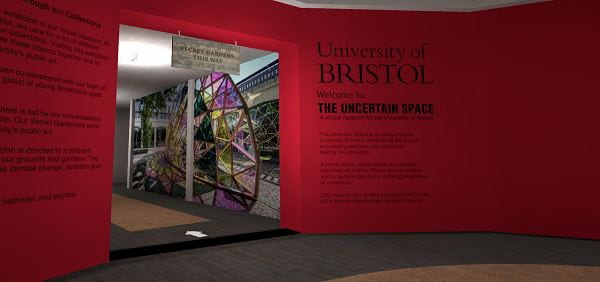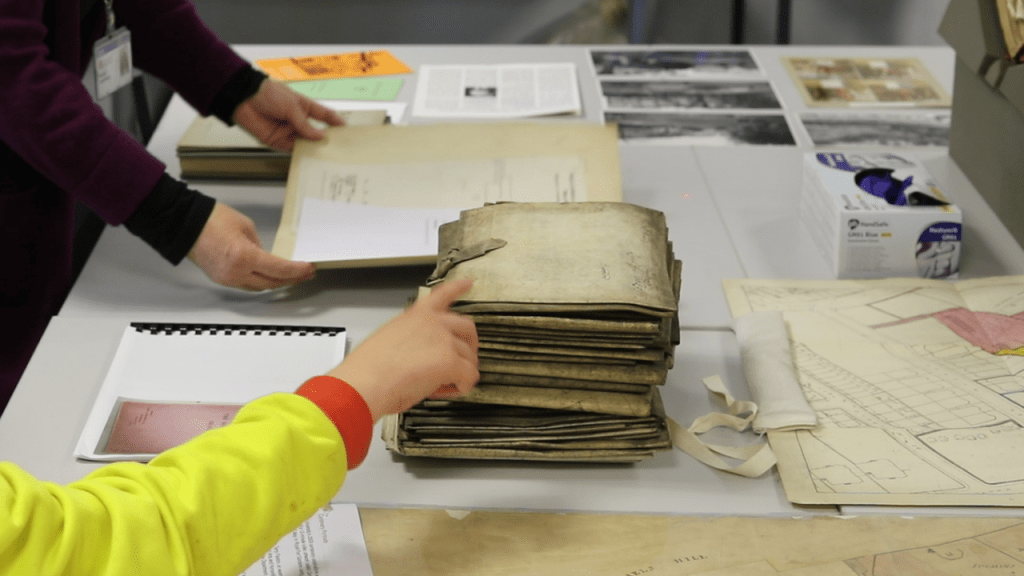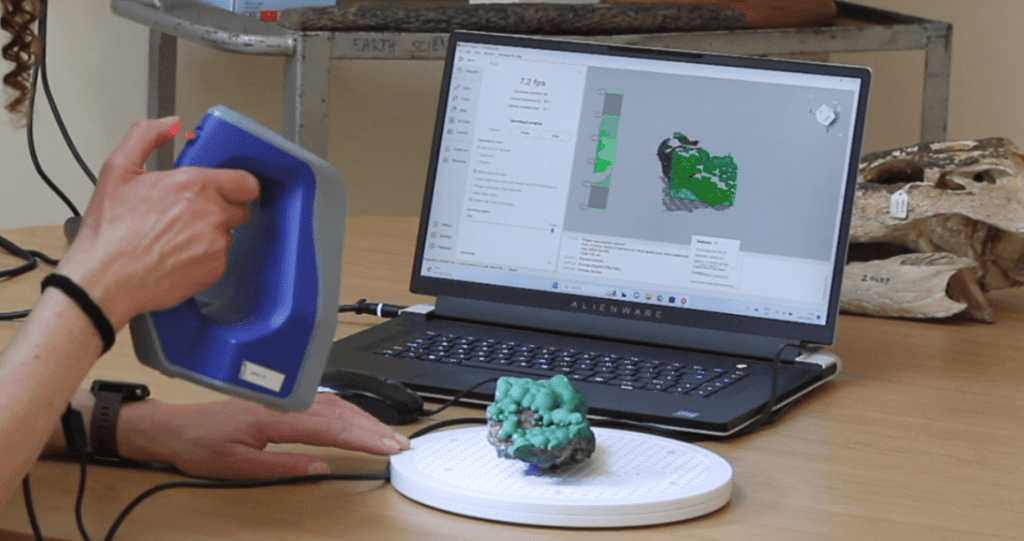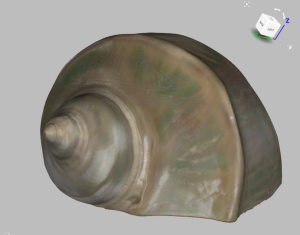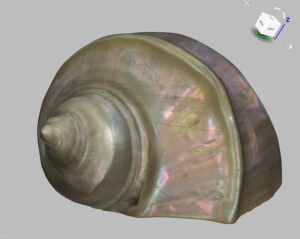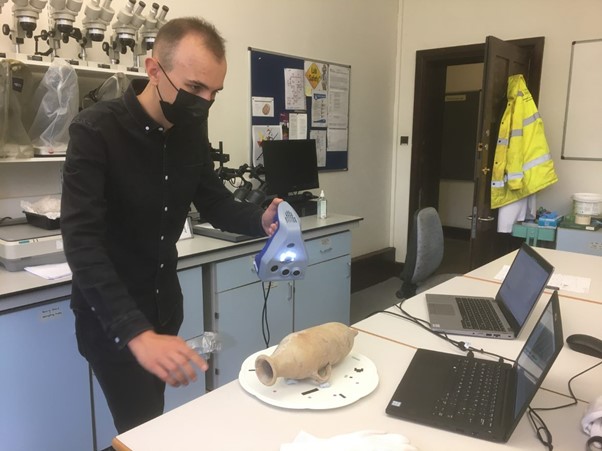I’ve had the pleasure of collaborating with Spike Island on We are only partly real — a newly commissioned virtual exhibition by artists Steve Dutton and Michelle Marie Forrest.
Our collaboration explores how Virtual Reality (VR) can function not just as a platform for displaying artwork, but as an artistic medium in its own right. The exhibition is structured as a virtual environment made up of four interconnected zones, blending real-world media — painting, drawing, sculpture, and moving image — with digital reinterpretations and newly created virtual works. It’s a hybrid space that uses 3D digital technology to open up fresh possibilities for artistic expression and audience engagement.

Dutton and Forrest’s work is deeply rooted in the complexities of communication. Their visual language often incorporates grids, coded references, data, colour, and text, drawing the viewer into a multi-layered experience where memory, emotion and interpretation interact. Their references span film and popular culture — from The Wizard of Oz and Twin Peaks to Interstellar — using surrealist and fantastical elements to interrogate how we construct meaning and understanding.
A key theme in the project is temporality. The exhibition has two distinct versions: a ‘daytime’ and a ‘night-time’ state. Transitions between the two are triggered within the virtual environment, inviting visitors into dream-like scenes where the boundaries of reality blur and imagination takes precedence. This dual-state design encourages reflection on our perceptions of time, presence, and reality within virtual environments.

We are only partly real is part of an experimental pilot project developed with Spike Island and supported by the AHRC Impact Acceleration Award at the University of Bristol. Our aim is to prototype new, more accessible models for experiencing contemporary art in virtual spaces. The exhibition is curated by Spike Island’s Assistant Curator of Artist Development and Engagement, Saphia Abrahamovitch-Venner, and is available to experience either via full download from itch.io or through a lighter web-based preview. A narrated version, voiced by the artists themselves, provides additional insight into the works and their conceptual foundations.







